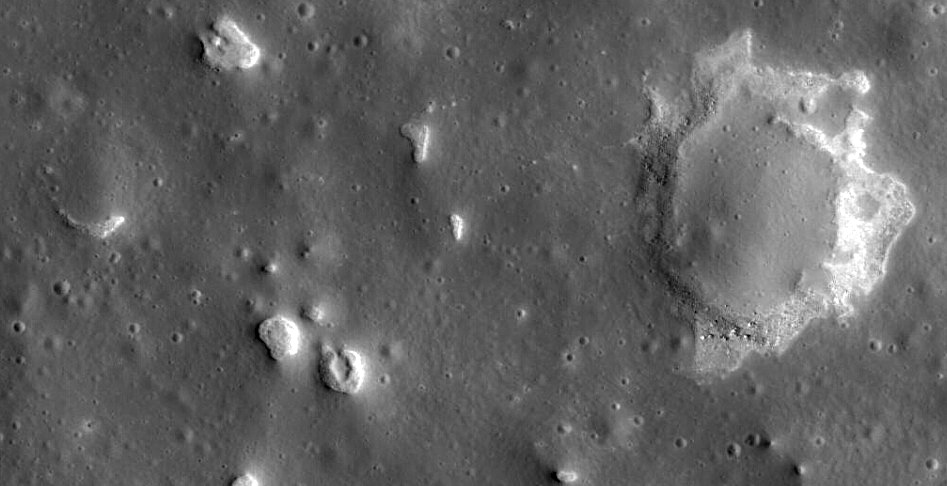Difference between revisions of "March 20, 2010"
| Line 2: | Line 2: | ||
=Another Ina?= | =Another Ina?= | ||
| − | + | <!-- ws:start:WikiTextHeadingRule:1:<h1> --> | |
| − | + | <!-- ws:start:WikiTextLocalImageRule:16:<img src="/file/view/LPOD-Mar20-10.jpg/128990257/LPOD-Mar20-10.jpg" alt="" title="" /> -->[[File:LPOD-Mar20-10.jpg|LPOD-Mar20-10.jpg]]<!-- ws:end:WikiTextLocalImageRule:16 --><br /> | |
<em>LROC Observation M104476560L from [http://wms.lroc.asu.edu/lroc#damoon LROC WMS Image Map] (illumination from the left)</em><br /> | <em>LROC Observation M104476560L from [http://wms.lroc.asu.edu/lroc#damoon LROC WMS Image Map] (illumination from the left)</em><br /> | ||
<br /> | <br /> | ||
| Line 15: | Line 15: | ||
<br /> | <br /> | ||
<hr /> | <hr /> | ||
| − | + | <div>You can support LPOD when you buy any book from Amazon thru [http://www.lpod.org/?page_id=591 LPOD!]<br /> | |
| − | < | + | </div> |
| − | |||
| − | |||
| − | |||
---- | ---- | ||
===COMMENTS?=== | ===COMMENTS?=== | ||
Click on this icon [[image:PostIcon.jpg]] at the upper right to post a comment. | Click on this icon [[image:PostIcon.jpg]] at the upper right to post a comment. | ||
Revision as of 20:04, 2 January 2015
Another Ina?

LROC Observation M104476560L from LROC WMS Image Map (illumination from the left)
The peculiar depression Ina has a bizarre floor of rubbly hills and islands of smooth terrain. Sorting through the LRO images released on March 15 I found this image of part of the floor of Hyginus crater that looks similar. The largest roughly circular feature is 350-400 m wide, but it is not clear what the feature is. Smaller circular to irregular depressions are across the scene. The arcuate depression on the left looks like it continues as a circular feature covered by the darker material. But if Hyginus is like Ina, the dark smooth material is as old as maria outside Hyginus, suggesting that it is not a younger deposit. Thus, it seems that something is removing the terrain under the original mare surface. Like Ina, Hyginus is thought to be a volcanic collapse depression. Perhaps volcanic gases dissolve the regolith in volcanic craters causing this characteristic pattern. But what gas would do this? Comparison with the 43 year old Orbiter V image reveals no obvious changes so the process does not appear to be active on a human timescale.
Chuck Wood
Related Links
Rükl plate 34
Note that Pete Schultz and colleagues included Hyginus as an Ina-like object in their 2006 paper.
COMMENTS?
Click on this icon File:PostIcon.jpg at the upper right to post a comment.



